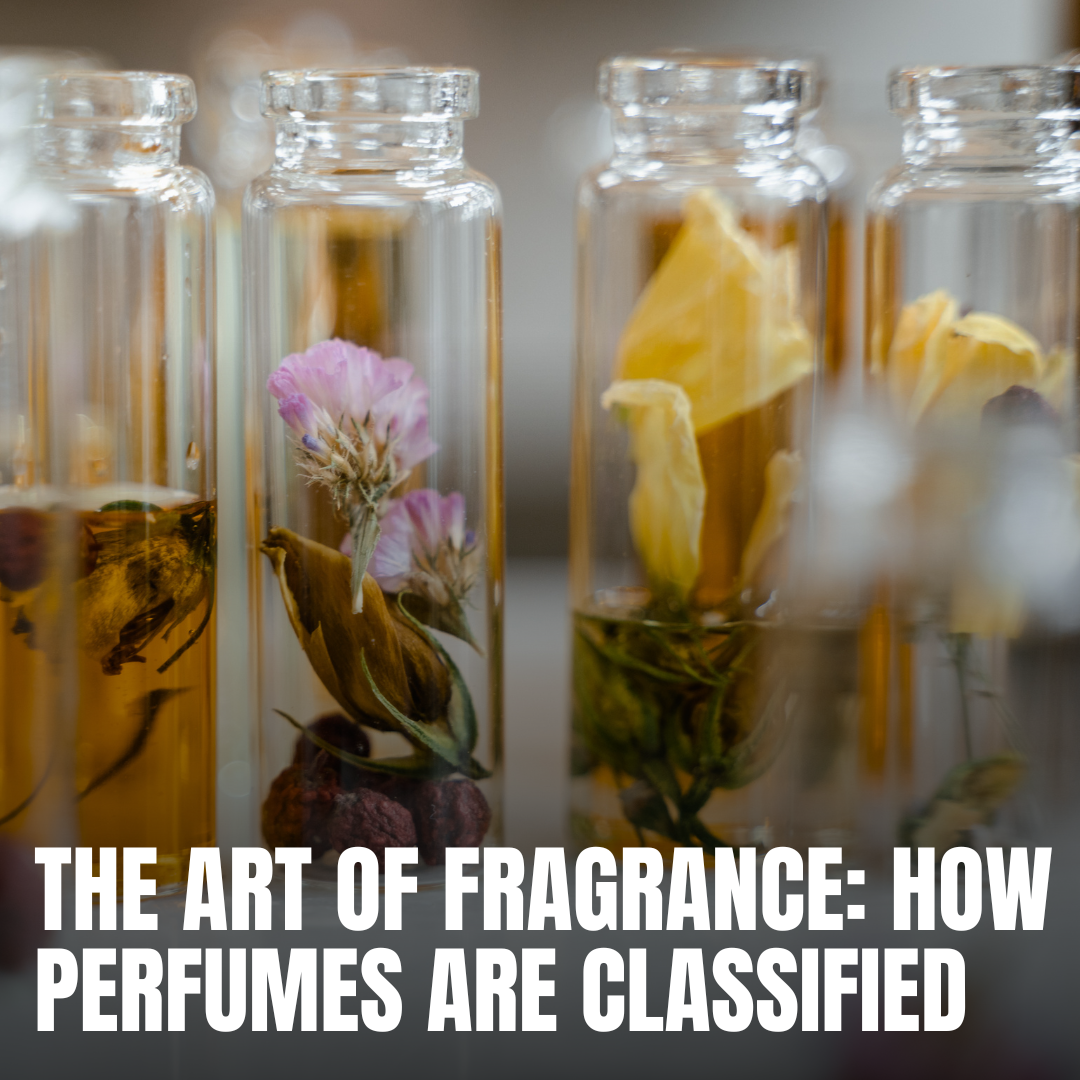The Art of Fragrance: How Perfumes Are Classified

The Art of Fragrance: How Perfumes Are Classified
The Art of Fragrance: How Perfumes Are Classified
Perfumes are much more than bottles of beautifully blended scents—they’re stories, emotions, and identities captured in a few spritzes. But have yo...
